What is the tolerance range of precision screws?
What is the tolerance range of precision screws?
Service Hotline
+86760-8787 8587We have more than ten years of production experience in the screw industry, the main products are: small hexagon head reamed hole screws, GB17880.1 rivet nuts, black flange nuts, JISB1180 bolts, iron color GB1096 flat key pins, Wobaiying license plate screws, Lengthened switch screws, 304 stainless steel rivets, American screws, fish eye bolts, ingot butterfly screws and bolts, DIN9021 stainless steel gaskets, carbon steel galvanized butterfly nuts, positive and negative wire screws, stainless steel butterfly nuts and other fasteners, due to the product The materials and specifications are different, and the prices are also different. Please contact us if you need it.


Common fastening screws include self-tapping screws, fine-pitch drywall screws, traditional wood screws, and fiberboard screws. The following are the characteristics of commonly used screws, everyone should choose them reasonably. Self-tapping screws The correct application of self-tapping screws should be used for the fastening and connection of metal materials with pre-drilled holes. It has the function of automatically tapping out the internal thread on the metal body, and can complete the thread engagement with it to play a tightening role. However, due to its high thread bottom diameter, when it is used in wood products, the cut into the wood will be shallower; and because the thread pitch is small, there is less wood structure between every two threads. Therefore, it is unreliable and unsafe to use self-tapping screws for wood mountings, especially loose wood. Drywall Screws The proper use of fine-pitch drywall screws is for fastening and joining between metal studs and plasterboard. It suffers from similar drawbacks as self-tapping screws when used on wood mountings. Moreover, due to the large diameter of the head of the dry-wall screw, the embedding of the head is poor, and it is easy to cause unevenness between the head of the screw and the surface of the mounting part after installation. Traditional wood screws Before using traditional wood screws, pre-drilling holes are required on the wooden mounting parts, otherwise it is easy to cause wood cracking. In addition, since the traditional wood screws are not heat-treated, the use of electric tools can easily cause the groove shape to be damaged, and manual installation is very laborious. Fiberboard screws are relatively new types of wood screws, suitable for power tool installation. However, due to its relatively simple thread design, it still cannot effectively solve the stubborn problem of easy cracking when used on hardwood, and it does not have any advantages in screwing speed and screwing torque. [2]
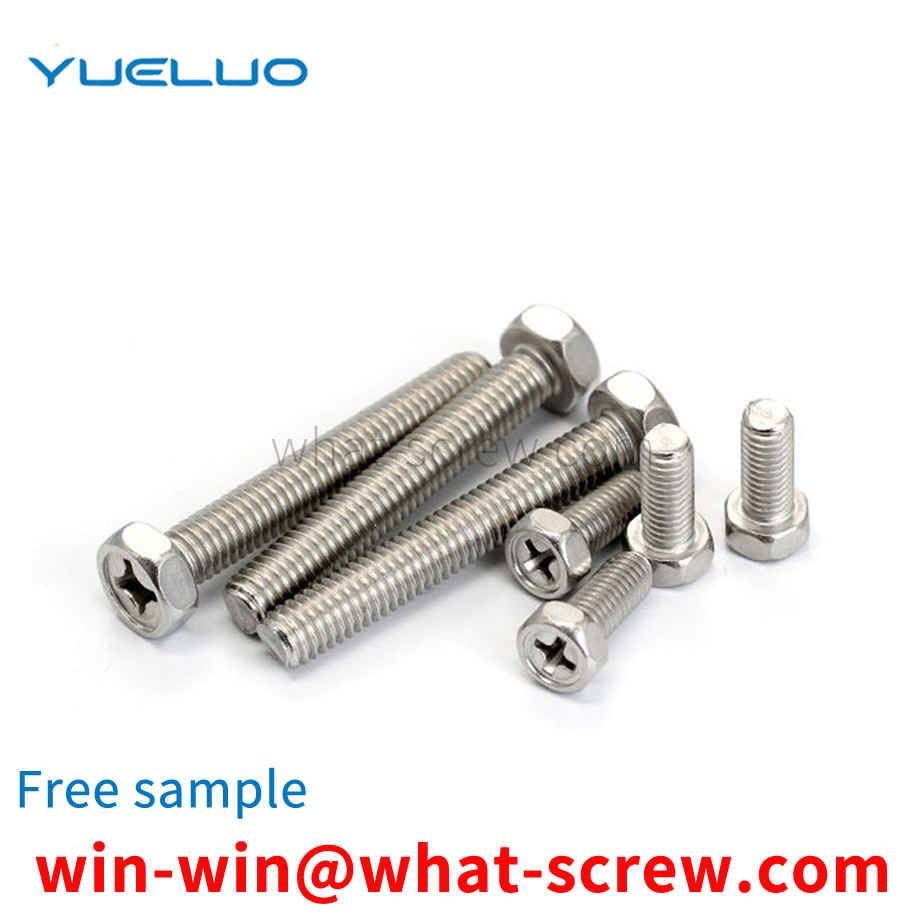
According to the development and evolution process of self-tapping screws, we believe that the main types of self-tapping screws are as follows: 1. Common self-tapping screw threads are self-tapping threads, also known as wide thread. The surface is mostly electroplated. 2. Self-cutting and self-tapping screws are called scraping ends of self-tapping screws in my country's standard. The threads are self-tapping threads or machine threads, and the cross grooves are also H type. There are several types of self-cutting self-tapping screws: cross recessed pan head self-cutting self-tapping screws, cross recessed countersunk head self-cutting self-tapping screws. Cross recessed countersunk head self-cutting self-tapping screws, hexagon head self-cutting self-tapping screws. 3. Self-extrusion and self-tapping screws (self-tapping locking screws) The threads of self-extrusion and self-tapping screws are generally machine threads, and self-tapping threads are rarely used. In the wrenching method, in order to ensure the use of high-speed automatic assembly wrenches, slotting is generally not recommended. The cross section of the screw of the self-extrusion self-tapping screw is triangular. So it is also called triangular thread screw. 4. Self-drilling and self-tapping screws (self-drilling screws) The threads of self-drilling and self-tapping screws are self-tapping threads according to Chinese, German and international standards. In the American ASME and SAE standards, the BSD self-drilling self-tapping screws are self-tapping threads, and the CSD self-drilling self-tapping screws are machine threads. Self-drilling self-tapping screws are not recommended for slotted and normal hex head. 5. Metal driving screws (metal tapping screws) The metal driving screws have multiple threads and special threads with a certain helix angle. Only the American standard has metal drive screws, and there are no Chinese and German standards. 6. Wallboard self-tapping screws (dry wall screws) Wallboard white tapping screws are special threads with horn head, cross groove (H type) and 60° profile angle, and the surface is mostly phosphate treatment (phosphating). 7. The cross groove of the fiberboard nail is Z-shaped, and the surface treatment is mostly electroplating. There are several types of fiberboard nails: countersunk head, double countersunk head fiberboard nails, pan head, pan head flange (with pad) fiberboard nails, semi-countersunk head, semi-countersunk head flange (with cushion) fiberboard nails. 8. Combination self-tapping screws Ordinary self-tapping screws, self-cutting self-tapping screws, self-drilling self-tapping screws, etc., and flat washers, elastic washers (including spring washers, elastic locking washers, etc.). 9. Others Self-tapping screw types High and low thread double lead self-tapping screws, coarse and fine thread (different pitch) thread self-tapping screws, threads coated with sealing material (fall resistance) self-tapping screws, various composite groove self-tapping screws, Other special self-tapping screws, etc. In short, there are many types of self-tapping screws. With the development of production, the advancement of technology, new materials, new structures, and new thread forms, new self-tapping screw products will continue to appear.
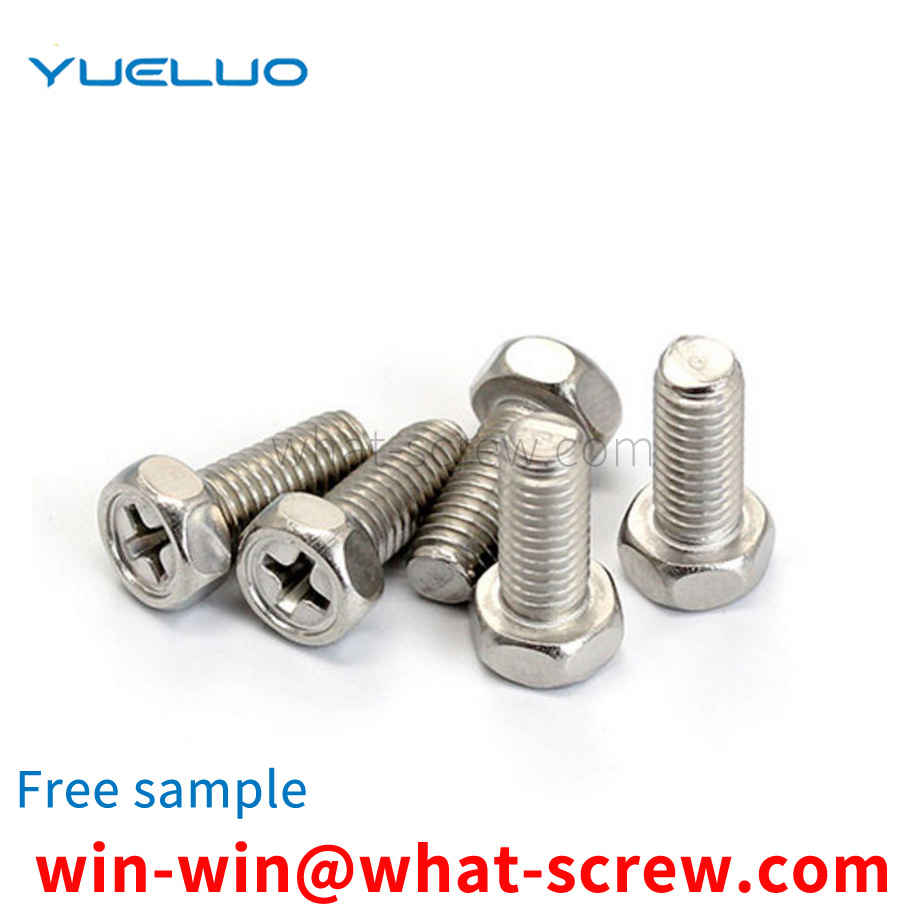
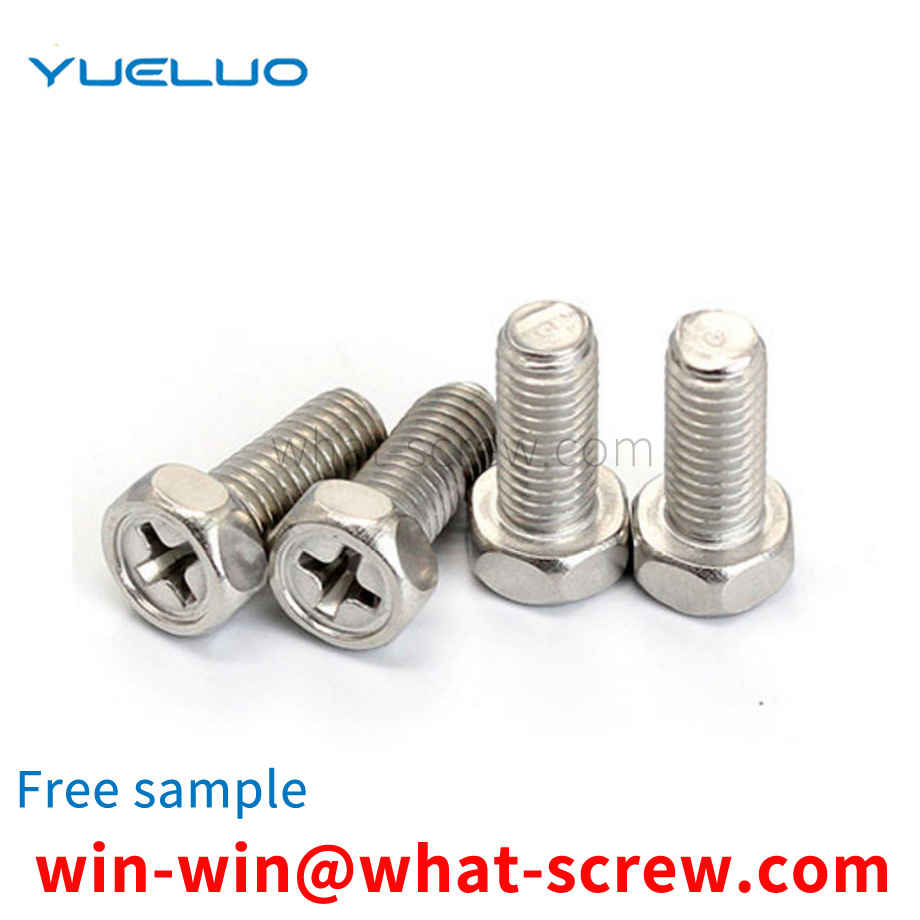
The conventional auger bit structure 1 includes a rod body 11, a screw head 12 provided on one end of the rod body 11, a drill tail 13 provided on the other end of the rod body 11, and a plurality of threads 14 arranged around the rod body 11; Wherein, the periphery of the drill tail 13 defines a parting line 15, and the parting line 15 makes the drill tail 13 symmetrically divided into a side 131 and a side 132, and a cutting end 133 is formed at the junction of the end of the side 131 and the end of the side 132, respectively. The cutting end 133 is concavely provided with a quarter-turn chip flute 134 in the same direction of the helix, and the edge 132 continues the chip flute 134 and has a quarter-turn chip flute 135 with different helical curvatures. , by connecting the chip groove 134 and the chip groove 135 through different helical curvatures, the drill tail 13 can form a symmetrical and complete chip groove of 186 degrees.
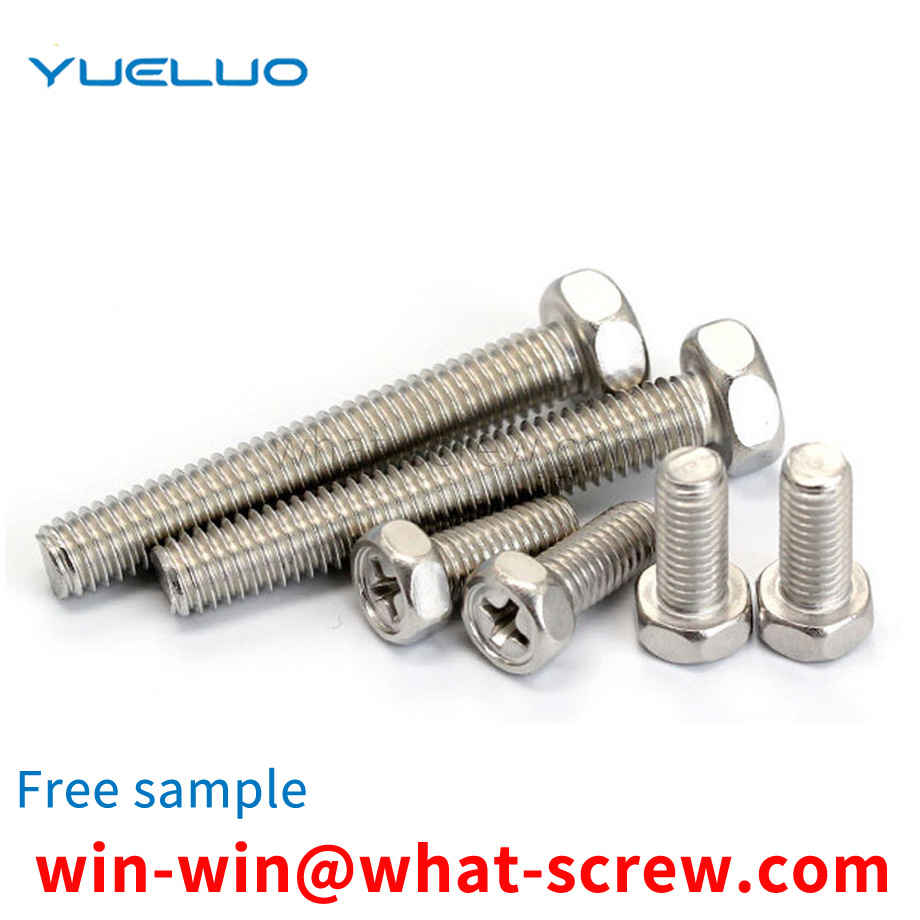
screw is a tool that uses the physical and mathematical principles of the circular rotation and friction of an object to fasten the mechanism of the object step by step. A screw is a common term for fasteners, an everyday colloquial language. Screws are indispensable industrial necessities in daily life: tiny screws used in cameras, glasses, clocks, electronics, etc.; general screws in televisions, electrical products, musical instruments, furniture, etc.; as for engineering, construction, and bridges, large screws are used. Screws and nuts; transportation equipment, airplanes, trams, automobiles, etc. are used together with large and small screws. Screws have important tasks in industry. As long as there is industry on earth, the function of screws will always be important. Screws have been common in people's production and life for thousands of years. According to the application field, it is the largest of human beings.
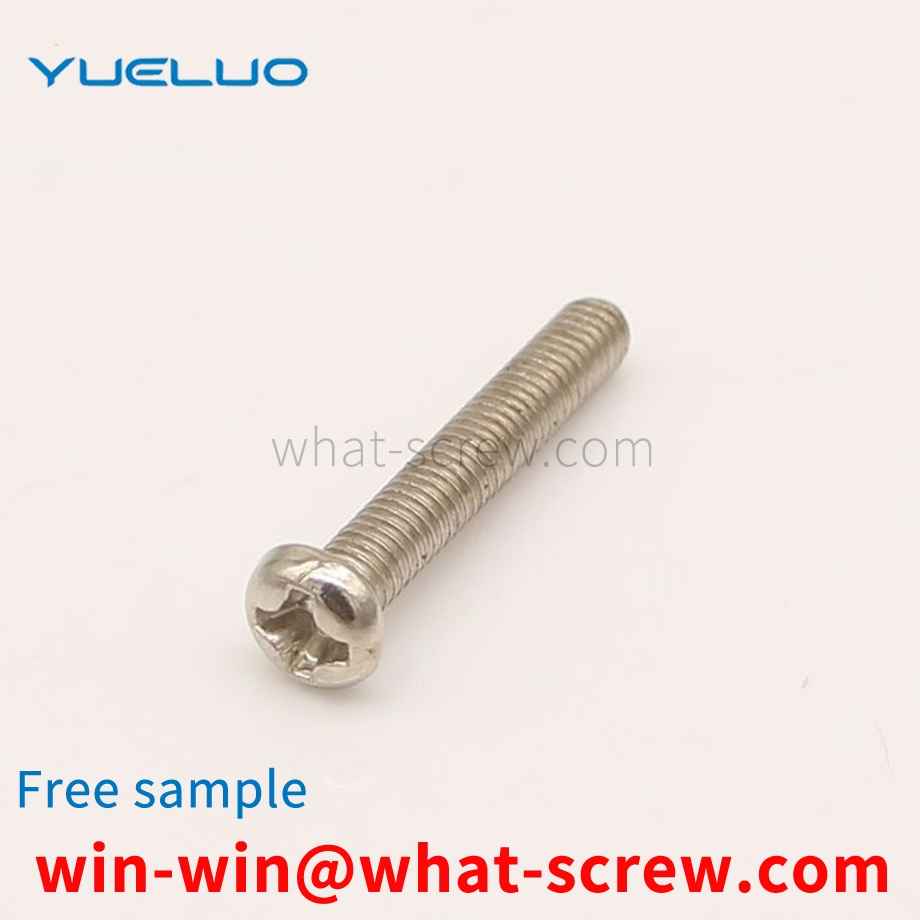
The above content is uploaded by Yueluo or the Internet. If there is any copyright issue, please contact [email protected].

What is the tolerance range of precision screws?

How to choose the right stainless steel screw manufacturer?

Why is there an R angle under the head of the hexagon head s...

We have more than ten years of production experience in the ...

We have more than ten years of experience in the production ...

We have more than ten years of experience in the production ...

We have more than ten years of experience in screw industry ...